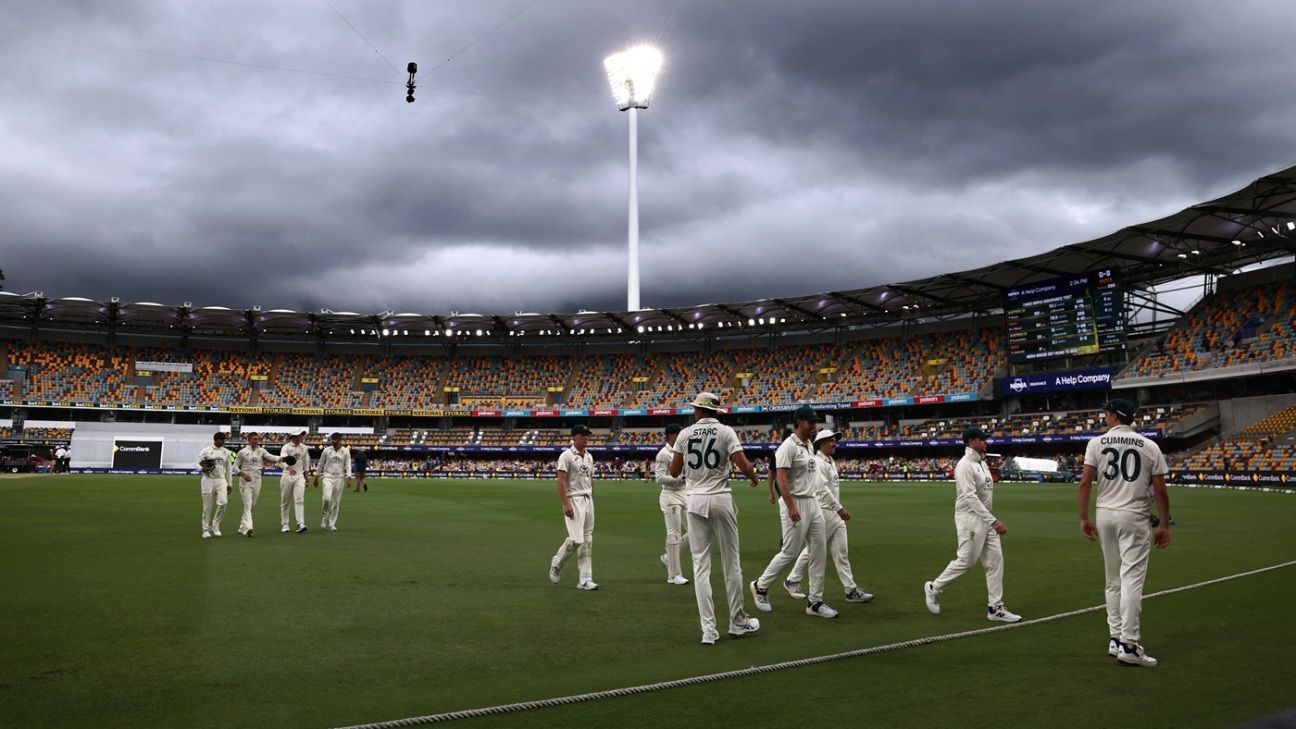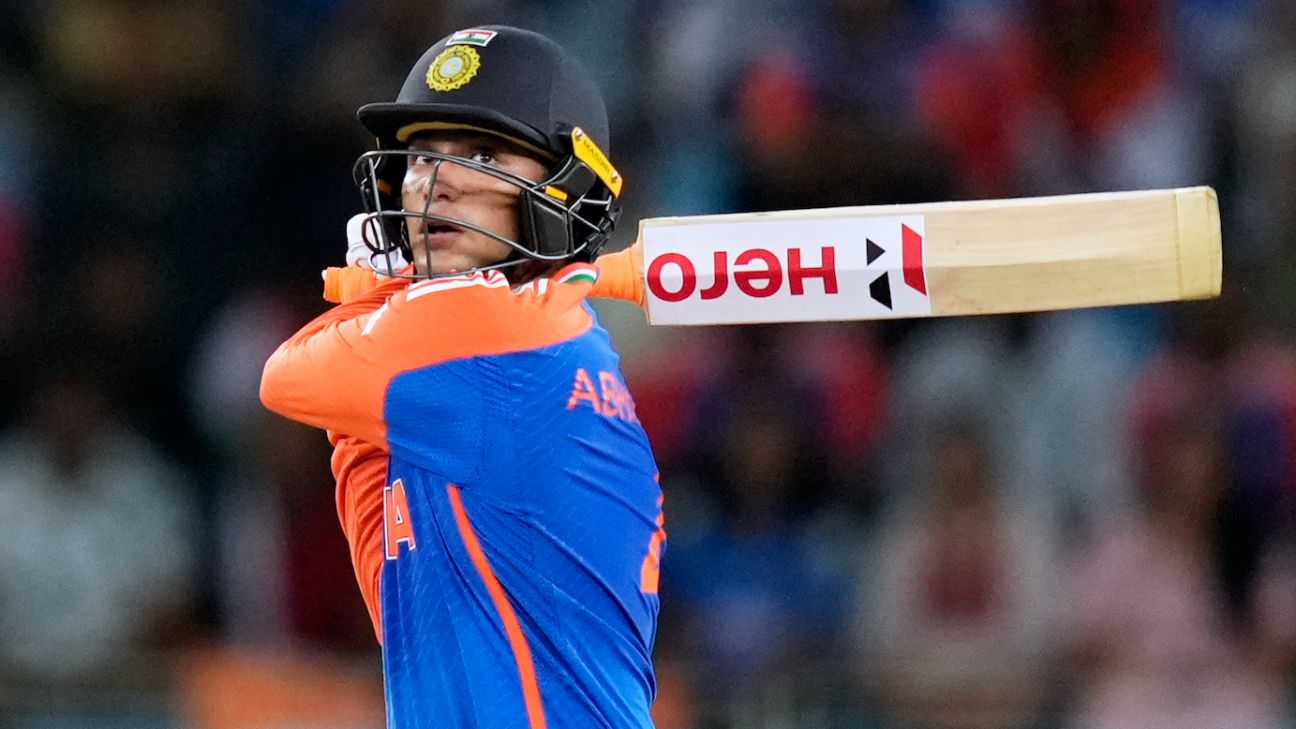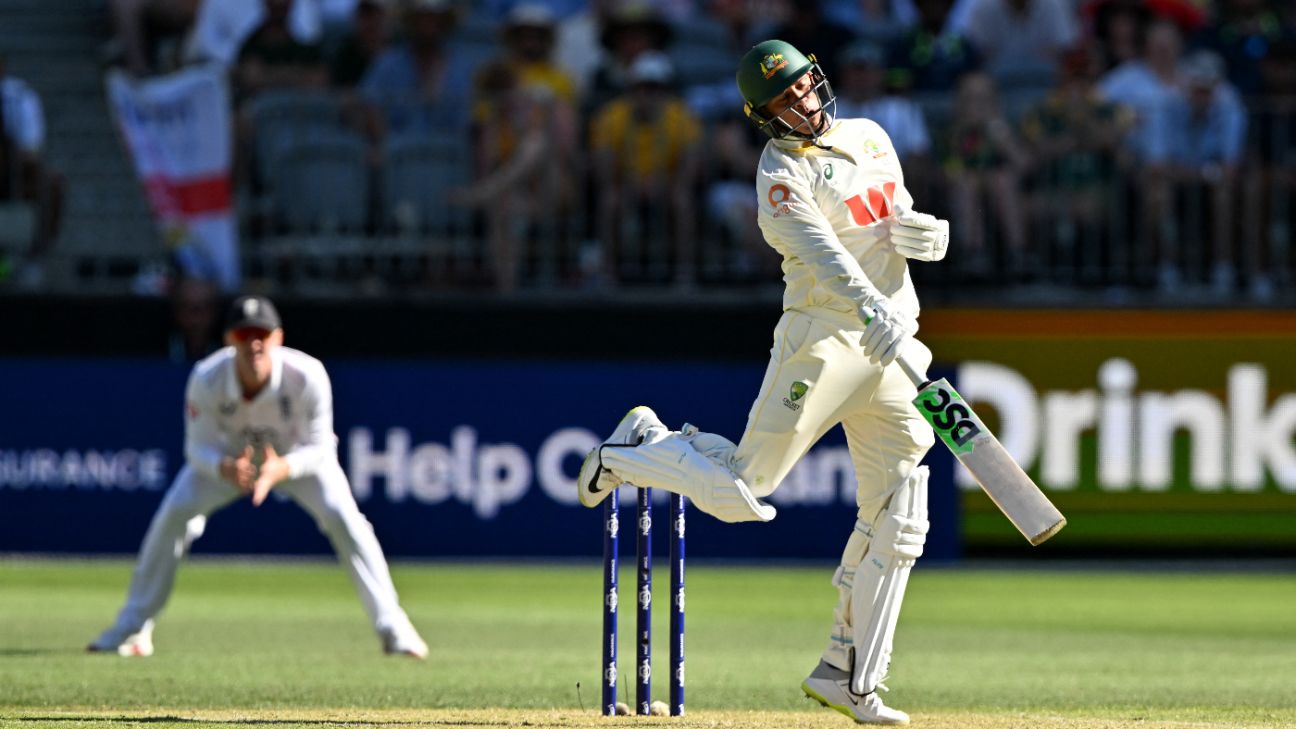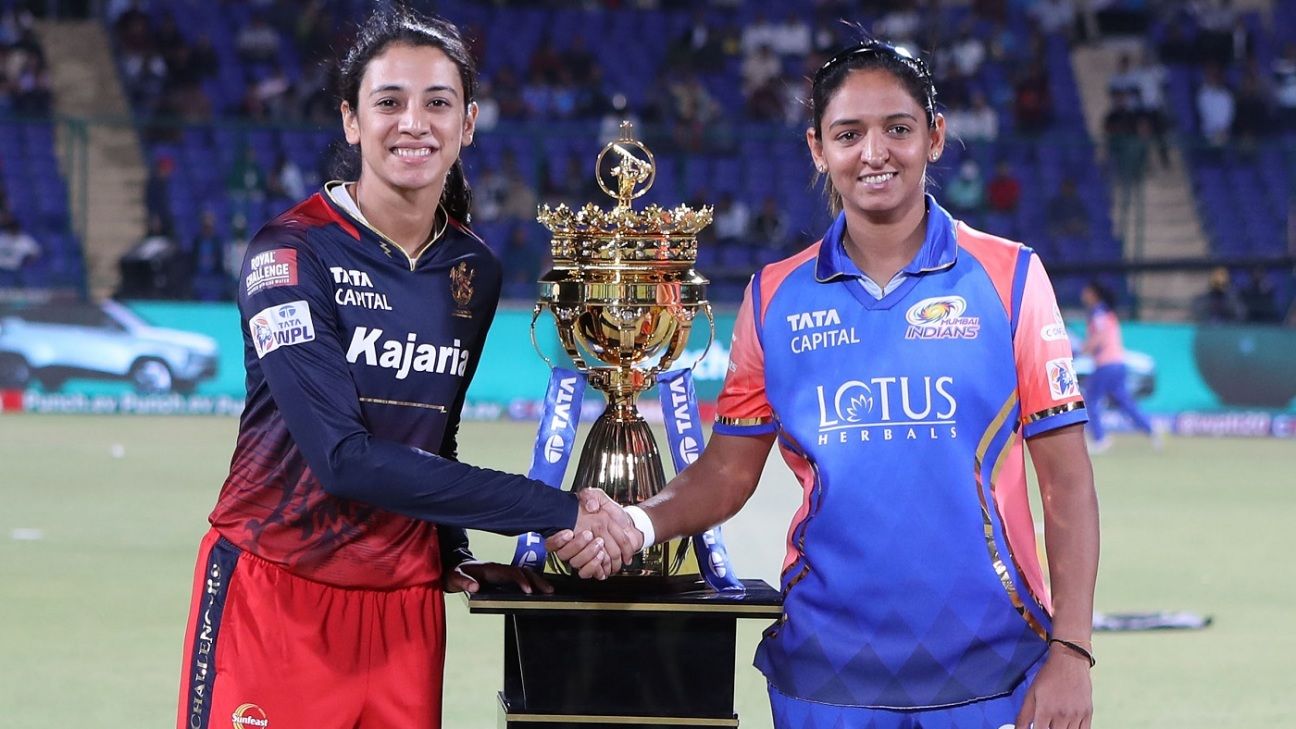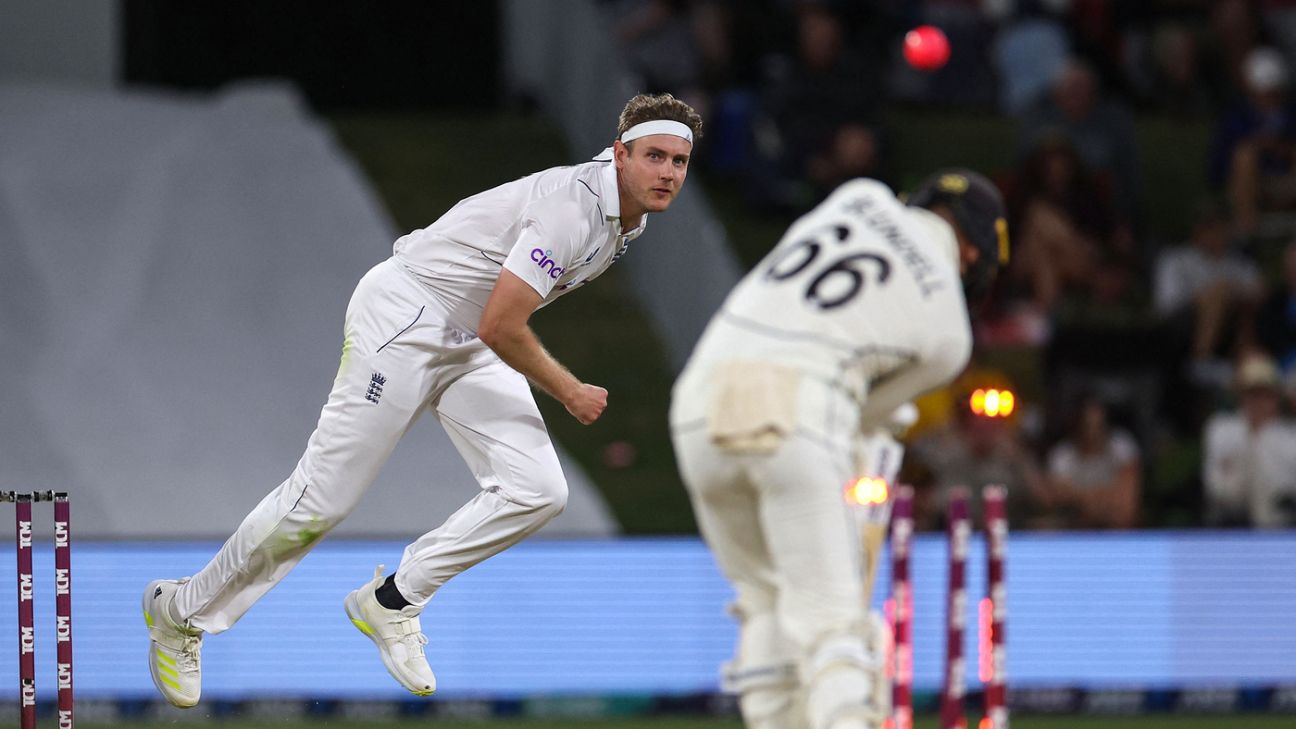Cliff Notes – ‘It’s 2025’ – cricket Australia CEO pushes for a solution to bad light stoppages
- Todd Greenberg emphasises the need for innovative solutions to prevent bad light from halting play, prioritising the experience of paying fans.
- The issue has gained prominence with the rise of day-night Test cricket, prompting discussions on potential alternatives, including the use of different coloured balls.
- Greenberg acknowledges the importance of player involvement in addressing the challenges posed by poor light, advocating for improved communication and collaboration.
‘It’s 2025’ – cricket Australia CEO pushes for a solution to bad light stoppages
Todd Greenberg, the new cricket Australia chief executive, says the game must find a solution to bad light stopping play, stressing that the paying fans need to be put at the forefront.
Greenberg has recently been involved in his first round of ICC meetings, held in Harare, since replacing Nick Hockley at CA last month.
While there are a range of significant issues in Greenberg’s inbox, watching players walk off the field when the light starts to fade is something that does not sit well with him as cricket competes for attention.
“My view has always been we are in the entertainment business and so if we’re in the entertainment business that means we’re trying to make sure as many fans can enjoy their cricket as possible,” he told News Corp.
“The frustration that goes when we walk off with bad light is we may be one of the last industries left that would do that. We need to find ways to innovate and figure out solutions so that doesn’t happen in the future.”
The issue of bad light has been brought more into focus in the era of day-night Test cricket, which use pink balls, although they are only regularly played in Australia. Various solutions have been thrown around to combat poor light including switching between different coloured balls although that has generally been viewed as a step too far.
Traditional daytime Tests can continue under floodlights where they are available, which has seen more play possible than would have been the case in the past, but umpires will take the players off when artificial light takes over too much from natural light – a rough guide often used is when the shadows of the light towers are clearly visible on the field.
Greenberg, who was previously in charge at the Australian Cricketers’ Association, acknowledged that players would have to be a key part of coming up with a new approach to poor light.
“I’m a realist and I understand why [play stops for bad light] and I understand the difficulties, but ultimately we want to give fans the best outcomes and there is nothing more frustrating than having to go off for bad light, particularly in an environment where we can play under lights be it with different coloured balls or different technologies,” Greenberg said.
“The players are part of the solution and we need to communicate really well with them. I’m a realist to know that it won’t be solved overnight, but geez, it’s 2025 and we can play in different conditions, I’m certain we can come up with a way to solve some of those challenges.”

